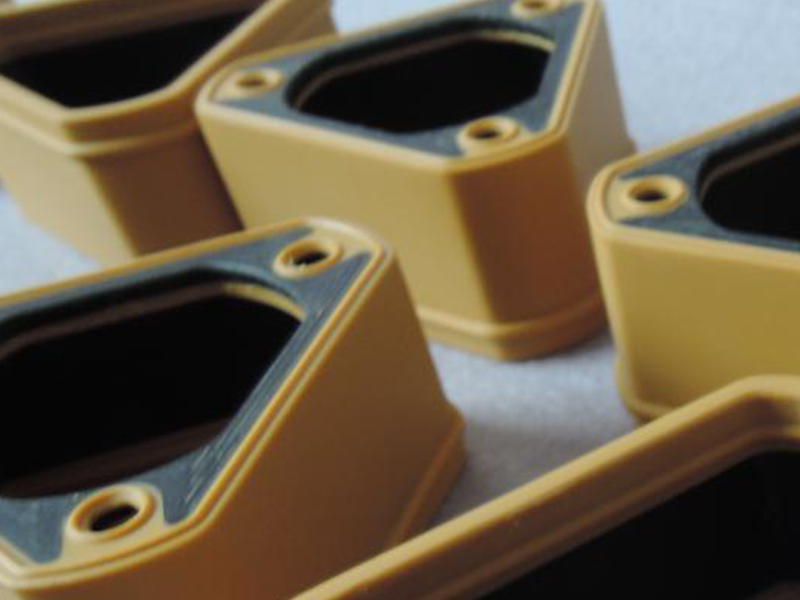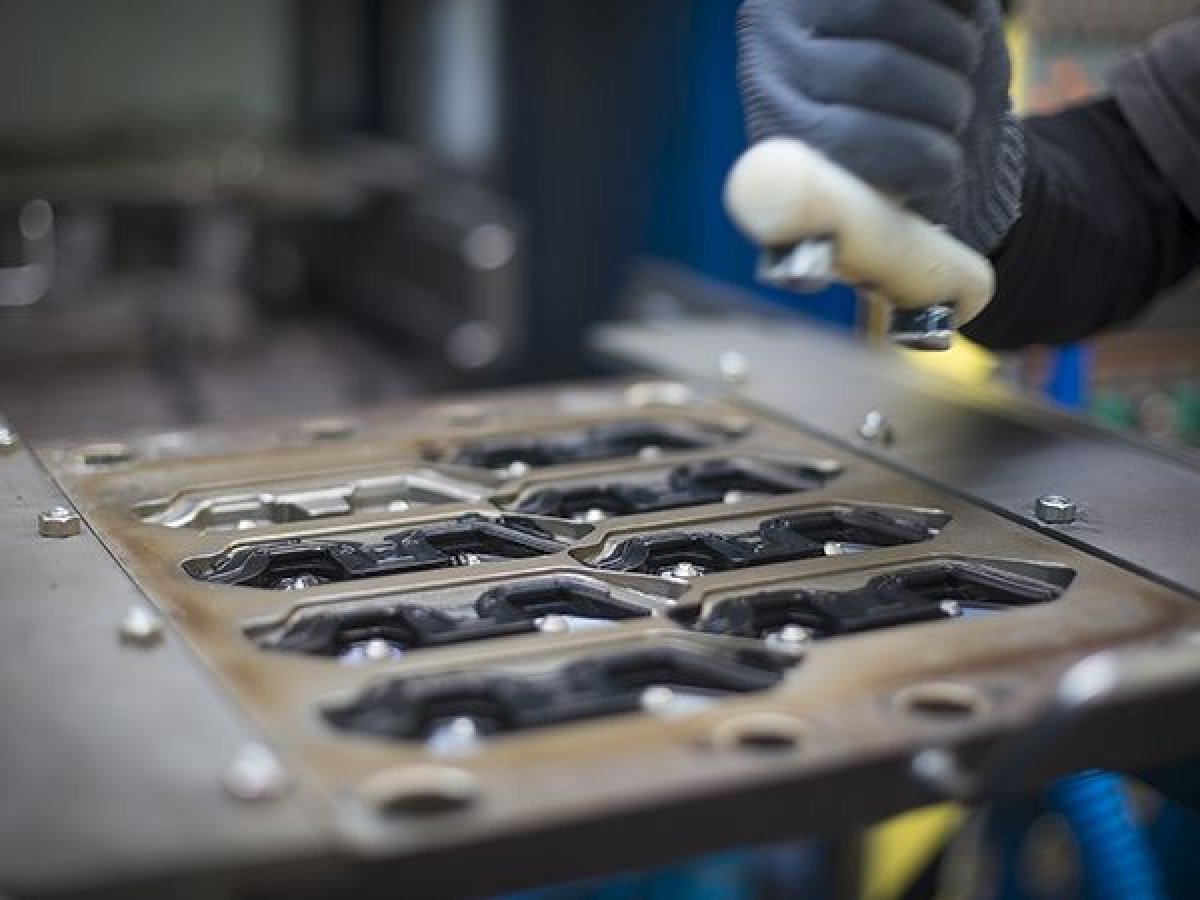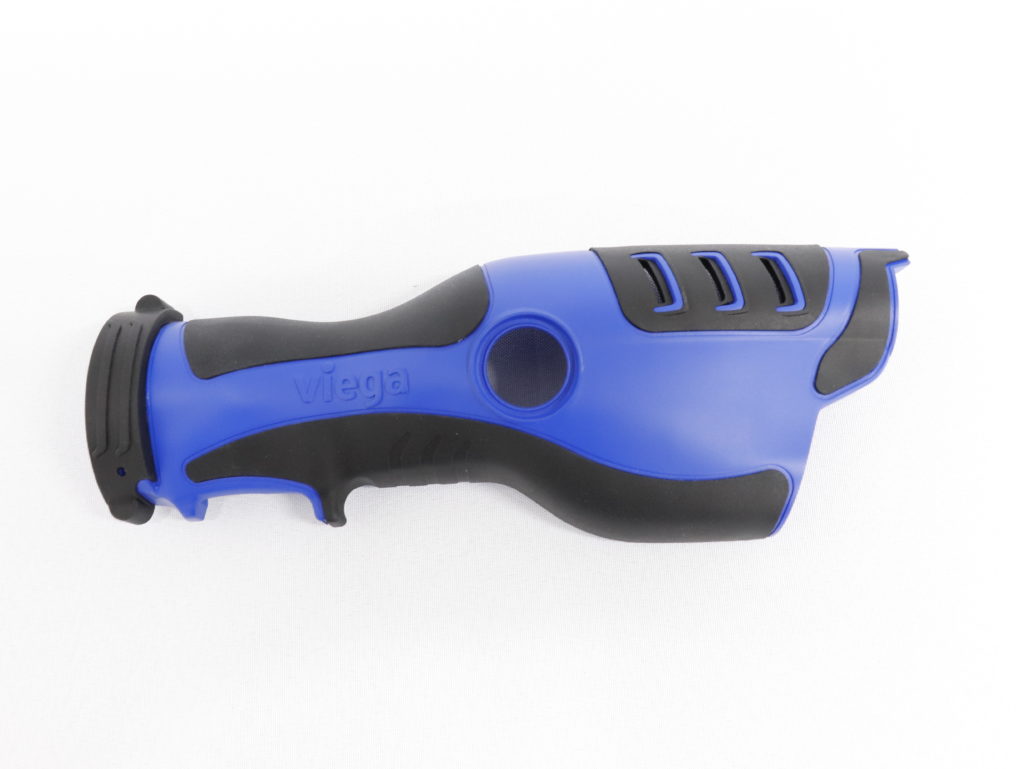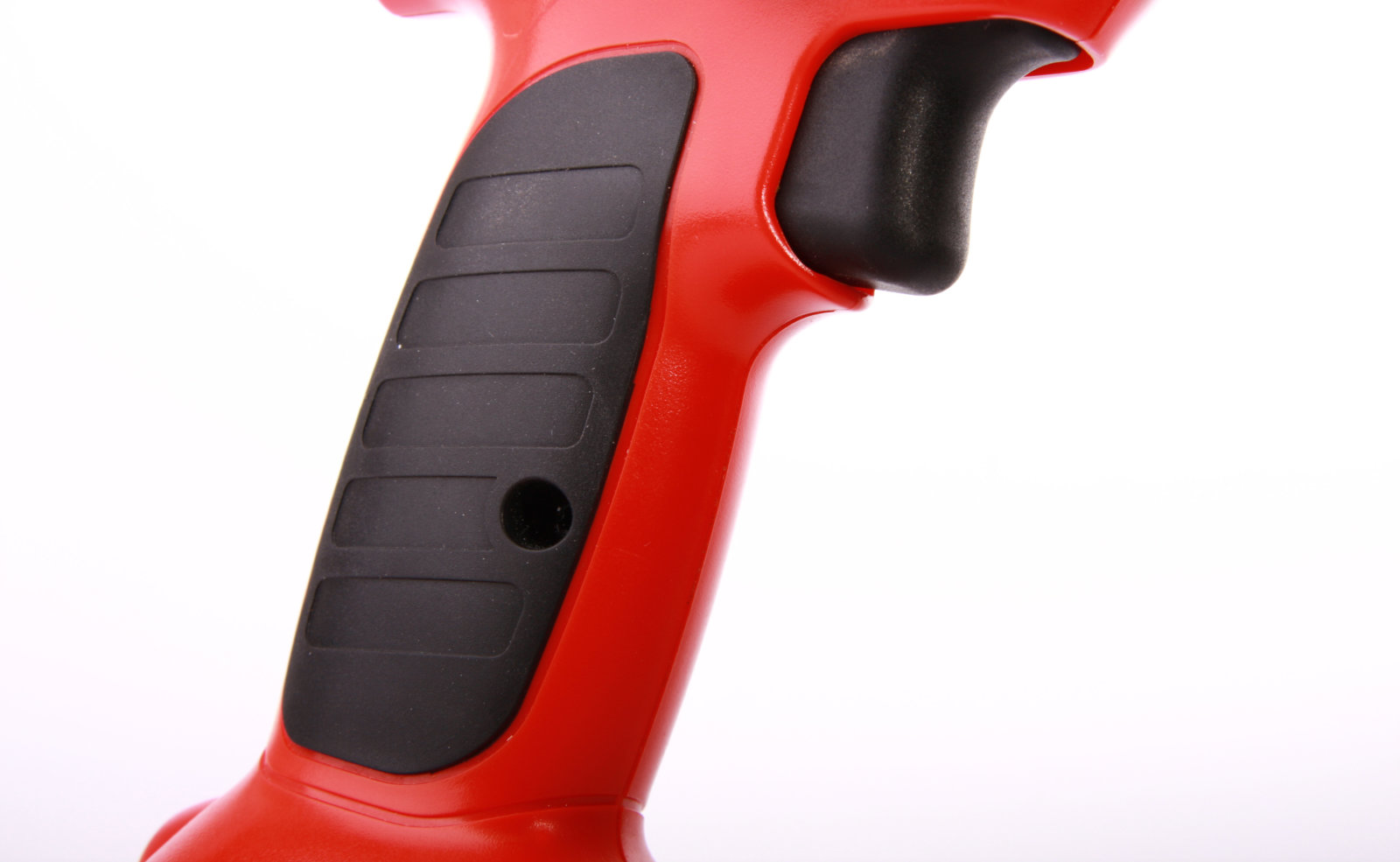Your Partner of Overmolding Service
Welcome and explore the incredible solutions RCT MFG offers in the overmolding service sector. Our expertise in combining different materials into a singular, high-quality product is unmatched. We have harnessed the power of overmolding to cater to diverse industries by producing custom components that boast superior adhesion, compact design, lower production costs, and high durability.
Our services are highly customizable, ensuring we can meet all exact requirements. With a keen eye for detail, cutting-edge technology, and an unparalleled understanding of material combinations, we provide business owners with products that excel in functionality, aesthetics, and performance. Our cost-effective processes ensure that the time and resources are maximized.
And the best part is choosing to work with us is choosing quality, efficiency, and innovation.
Overmolding Process Capabilities
RCT MFG provides Overmolding process customization service from design to finished product. While providing excellent quality, we can complete the mold production in the fastest 15 days
| Description | Capabilities |
|---|---|
| Max Size | 200×200×150mm |
| 8×8×6 in | |
| Min Size | 4×4×4mm |
| 0.15×0.15×0.15mm | |
| Min Wall Thickness | 0.5 mm |
| 0.02 in. | |
| Tolerance | 0.025 mm |
| 0.0008 in. | |
| Radii | 0.1mm |
| 0.004 in | |
| Depth | 100mm from the parting line |
| 3.94in. from the parting line | |
| Mold Validation | Provide T0, T1, T2 samples before mass production |
| Inspection and Certification Options | First Article Inspection, ISO 9001, ISO 13485 |
| Lead Time | From mold making to sample delivery: 15 business days |
| Secondary operations | Trimming, Assembly, and packaging |

RCT MFG's Engineering Edge: It's About Performance, Not Just Plastic
1. Design for Manufacturability (DFM): Early collaboration to optimize part and insert geometries for efficient overmolding and robust adhesion.
2. Material Science for Success: Matching substrate, overmold, and insert materials for chemical compatibility, thermal expansion, and your application's unique stresses.
3. Process Control & Optimization: Fine-tuning injection parameters and cycle times to ensure strong bonds, encapsulation, and consistent outcomes.
4. Rigorous Quality Assurance: Dimensional inspection, bond-strength testing, and functional validation to guarantee your overmolded parts meet specifications.
Overmolding Benefits
This process offers several benefits in various industries. Here are some of the key advantages of overmolding:
Improved Product Durability
Enhanced Aesthetic
Increased Comfort and Ergonomics
Seamless Integration of Components
Water and Dust Resistance
Vibration Damping
Customization and Branding
Reduced Production Costs
Material Compatibility
Lightweight Design

Find The Best Overmolding Service?
This is where you get it all. Request your free quote today, and enjoy the best overmolding services.
What is Overmolding?
Overmolding is an injection molding process where a composite product is manufactured with two or more materials.
Industries use overmolding a lot. Everyday plastic product handles with rubber grip are a common example of overmolded parts.
Such parts often have easy-to-spot lines separating the two materials.
Materials for Overmolding
We provide various materials for overmolding to create products with different characteristics and functions. Please review our material list:
Base Substrate
Polycarbonate
Polypropylene
Nylon
Polystyrene
PES
PEK
PEEK
PEI
Plastic Alloys
GFRP
Soft Overmold
TPE
LSR
TPU
Nitrile Rubber
HNBR
FVMQ
Acrylic Rubber
FKM
Chloroprene Rubber
NBR-CH

Overmolding Services Provided
1. Plastic over Plastic Substrate
2. Rubber over Hard Substrate Overmolding
3. Plastic over Metal
4. Multi-Color
5. Plastic Over Custom Inserts of any Material
6. Chemical Bond Overmolding
7. Plastic over Threaded Inserts
8. Mechanical Bond Overmolding
9. Medical Instrument Overmolding
10. Electronic Overmolding
11. Wire Overmolding
Application of Overmolding
1. Screwdriver handles
2. USB cables
3. Steering wheel covers
4. Surgical instrument handles
5. Remote control casings
6. Drill handles
7. Bicycle grips
8. Golf club handles
9. Machine handles
10. Fitness tracker bands
11. Toothbrushes
12. Threaded inserts

Overmolding Design Tips
1. Wall thicknesses between 0.060" to 0.120" (1.5 mm-3 mm) generally provide the best bonding.
2. Keeping radii between 0.020" or 0.5mm minimum in corners reduces localized stresses.
3. If the part requires the use of thick TPE sections, they should be cored out to minimize shrinkage problems, reduce the part weight and lower cycle time.
4. Avoid deep or un-ventable blind pockets or ribs in your design.
5. Use gradual transitions between wall thickness to reduce or avoid problems with flow (back fills, gas traps, etc.)
6. The TPE/TPV should be less thick than the substrate to prevent warpage, especially if the part is flat, long, or both.
7. Overmolding needs mechanical or chemical bonding to the substrate, so your overmold material choices should enable this.
Finishing
We offer multiple finishing options to complete the products made with the overmolding process. You can choose from any of the following depending upon your application’s requirements:
Standard Finish
Interior, non-cosmetic finish according to the geometry of the mold.
Mold Texturing
Creating textures on the molds so that it shows on the final product. This finishing option includes matte, swirls, patterns, and lines.
SPI Finishes
Range of SPI finishes from Grade 3 diamond / high polish to 320 stone low polish. These Finishing options include SPI A-1, SPI A-2, SPI A-3, SPI B-1, SPI B-2, SPI B-3, SPI C-1, SPI C-2, SPI C-3, SPI D-1, SPI D-2, and SPI D-3.
Laser Engraving
Engrave part numbers, designs, logos, or any other specified printing onto your parts.
Threaded Inserts
We can install the most commonly used and popular standard inserts in UNF and metric sizes.
Pad Printing
Application of an ink-based design to the surface.
As Molded
As the name suggests, the mold will remain ‘as it is’ – without any secondary texturing or polishing.
Painting
Painting the surface with standard colors or Pantone matching, including Primer and topcoat. Masking available; EMI (copper) paint.
